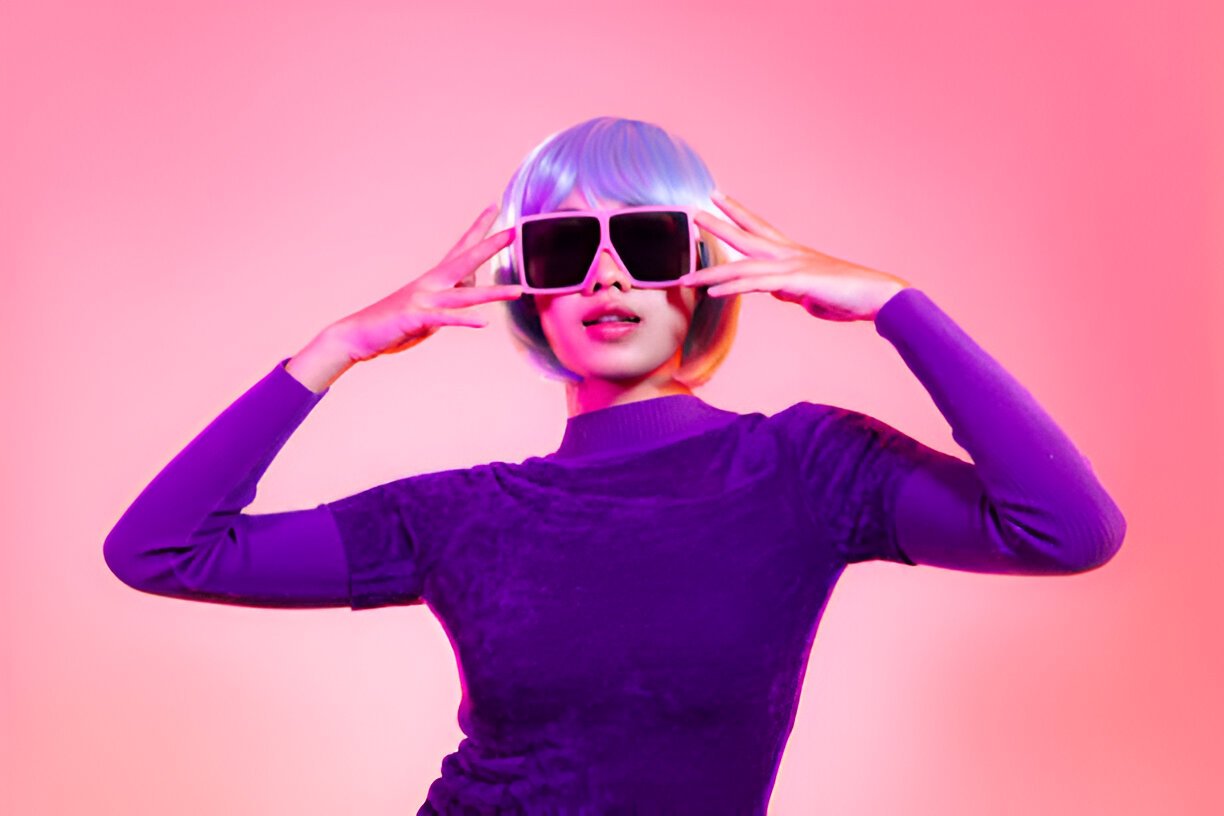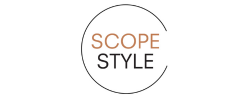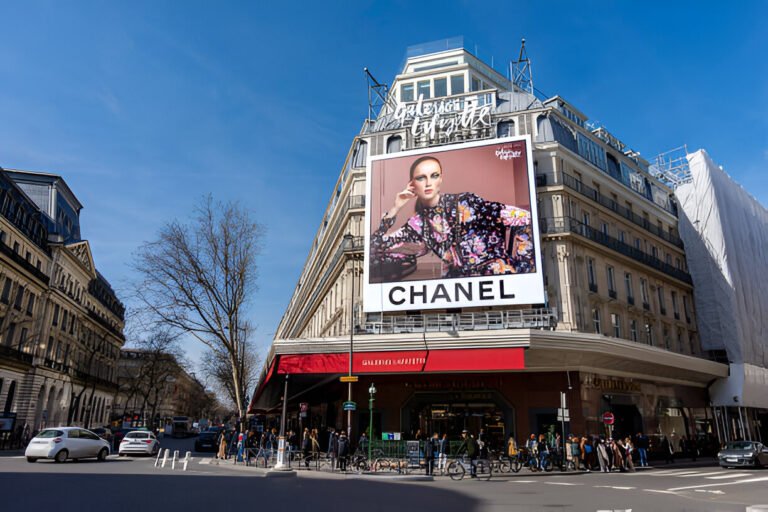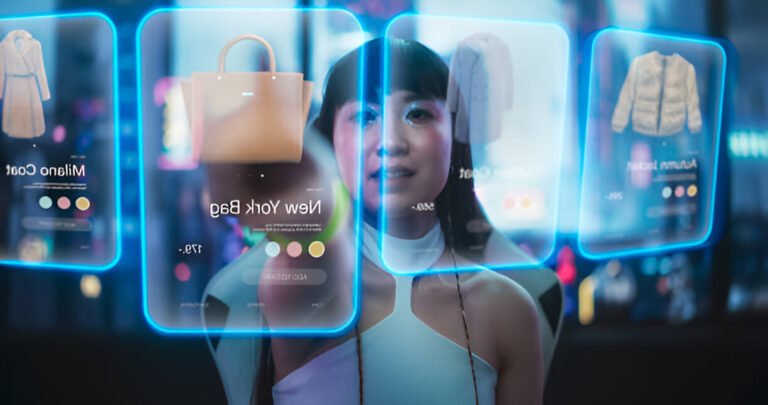How AI Tools Are Transforming Fashion Design and Retail Forever

A New Era in Fashion
Ever wondered how top fashion designers come up with their groundbreaking designs or how retail stores predict the latest trends? The answer lies in a game-changing technology that’s revolutionizing the industry—Artificial Intelligence. Today, we’re exploring the top AI tools that are transforming fashion design and retail in ways you can hardly imagine. By the end of this article, you’ll know exactly how these innovative tools can elevate your fashion game, whether you’re a designer, retailer, or fashion enthusiast.
Understanding AI in Fashion
What is AI in Fashion?
Artificial Intelligence (AI) in fashion refers to the application of machine learning algorithms, data analytics, and automation to various aspects of the fashion industry. From designing new collections to managing inventory, AI is making processes faster, smarter, and more efficient.
Why AI Matters in Fashion
AI isn’t just a buzzword; it offers tangible benefits. Imagine using data to predict the next big trend or automating repetitive tasks so your creative team can focus on innovation. These are just a few ways AI is transforming the fashion landscape.
The Rise of AI-Driven Design
AI tools are now capable of analyzing vast amounts of data to identify patterns and trends. This means designers can create collections that are not only stylish but also aligned with consumer preferences.
Top AI Tools in Fashion Design
1. CLO 3D
CLO 3D is revolutionizing how designers create and visualize clothing. This tool enables you to create virtual garments that look and behave like real fabric. Here’s why it’s a game-changer:
- Ease of Use: Intuitive interface allows even beginners to create stunning designs.
- Realistic Visualization: Provides lifelike simulations of how fabrics will drape and move.
- Sustainability: Reduces the need for physical samples, minimizing waste.
2. Adobe Sensei
Adobe Sensei integrates AI into Adobe’s suite of creative tools, offering features like automated image tagging and content-aware editing. Here’s how it enhances your design process:
- Smart Editing: Automated tools that make tedious tasks quick and easy.
- Enhanced Creativity: Offers suggestions for color palettes, textures, and design elements.
- Efficiency: Speeds up the design process, allowing more time for creativity.
3. DeepVogue
DeepVogue uses AI to generate fashion designs based on current trends and historical data. This tool is ideal for designers looking to innovate:
- Trend Analysis: Provides insights into what’s trending.
- Design Assistance: Helps in generating new, unique designs.
- Customization: Allows for adjusting AI-generated designs to fit your brand’s aesthetic.
AI Tools in Retail
4. Edited
Edited is an AI-driven platform that helps retailers make data-informed decisions. It focuses on market analysis, price optimization, and trend forecasting. Here’s how it can boost your retail game:
- Market Insights: Analyzes competitor pricing and product assortment.
- Trend Forecasting: Identifies emerging trends so you can stay ahead.
- Price Optimization: Suggests optimal pricing strategies to maximize profits.
5. StyleSeek
StyleSeek uses AI to recommend clothing and accessories based on user preferences. This tool enhances the shopping experience by offering personalized recommendations:
- Personalization: Customizes product recommendations based on individual style.
- Customer Engagement: Keeps customers coming back with tailored suggestions.
- Increased Sales: Higher conversion rates through personalized shopping experiences.
6. Vue.ai
Vue.ai is an AI-powered platform designed to automate various aspects of retail, from visual merchandising to customer service. Key features include:
- Automated Merchandising: Creates visually appealing product displays.
- Customer Insights: Provides data on customer behavior and preferences.
- Efficiency: Streamlines operations, reducing manual workload.
Real-World Examples
AI in Action
Many high-profile fashion brands are already leveraging AI tools to stay ahead of the curve. For instance, Tommy Hilfiger uses IBM’s AI capabilities to identify upcoming trends and streamline their design process. Similarly, H&M employs AI to manage its inventory and reduce waste.
Success Stories
Brands like Zara and ASOS have also seen significant improvements in efficiency and customer satisfaction by adopting AI technologies. These companies use AI for everything from predicting fashion trends to optimizing supply chains.
Practical Tips for Integrating AI into Your Fashion Business
Start Small
If you’re new to AI, begin with a small project. Test an AI tool in one area of your business before scaling up.
Focus on Training
Ensure your team is trained to use AI tools effectively. Many platforms offer tutorials and customer support to help you get started.
Measure Impact
Track the performance of AI tools to measure their impact on your business. Use this data to make informed decisions about future investments.
The Future of AI in Fashion
Innovation on the Horizon
AI is just getting started in the fashion industry. Future advancements could include even more personalized shopping experiences, smarter inventory management, and new ways to design and produce sustainable fashion.
Challenges Ahead
While AI offers numerous benefits, it also comes with challenges. Ethical considerations, data privacy, and the need for continuous learning are crucial areas that businesses must address.
Conclusion
AI is transforming the fashion industry in unprecedented ways. Whether you’re a designer looking to innovate or a retailer aiming to optimize operations, AI tools offer solutions that can elevate your business. By incorporating AI into your workflow, you not only stay ahead of the competition but also deliver exceptional value to your customers.
Ready to explore the future of fashion with AI? Stay tuned to ScopeStyle for more insights and tips. Follow us for exclusive updates and be part of our community of forward-thinking fashion enthusiasts.
FAQs
What is the best AI tool for fashion design?
It depends on your needs. For realistic garment visualization, CLO 3D is highly recommended. For comprehensive design assistance, try DeepVogue.
How can AI improve retail operations?
AI can optimize inventory management, enhance customer service, and provide valuable market insights. Tools like Edited and Vue.ai are particularly effective.
Is AI expensive to implement in fashion businesses?
Costs vary, but many AI tools offer scalable solutions suitable for different budgets. It’s important to weigh the initial investment against potential long-term benefits.
Can AI help in sustainable fashion?
Absolutely. AI can reduce waste by optimizing supply chains and predicting trends, leading to more sustainable production practices.
How do I get started with AI in my fashion business?
Start by identifying a specific area where AI can add value. Train your team and measure the impact. Begin with small projects and scale up as you gain confidence.
By leveraging these insights and tools, you can revolutionize your approach to fashion design and retail. Happy innovating!
















